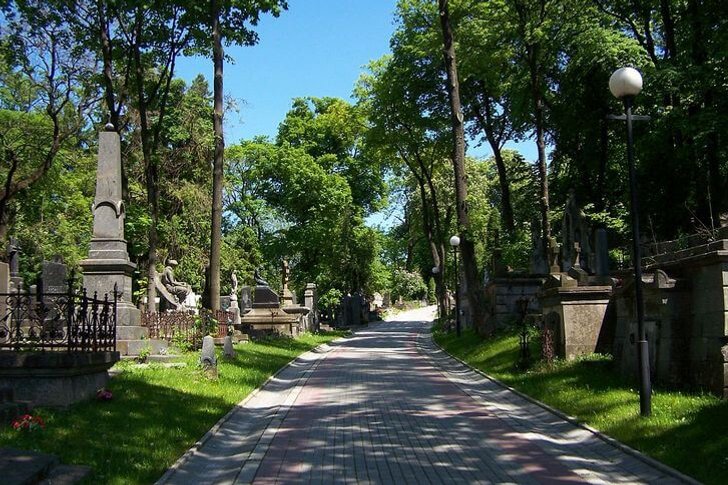The historical heritage of Lviv was formed under the influence of the Commonwealth, the Austrian and Russian empires, since at different times the city was part of all these states. From an architectural point of view, Lviv is a real European city, especially since the legacy of the Soviet era was rushed to get rid of in the first years of Ukraine's independence.
The city authorities are actively working on restoration projects, restoring historic buildings and developing infrastructure to attract as many tourists as possible. Therefore, Lviv is becoming more and more beautiful with every city. Its medieval churches, Baroque palaces and parks delight travelers. The rich collections of Lviv museums consist of priceless works of art, as well as unique handicrafts that tell about the difficult history of Western Ukraine.
What to see and where to go in Lviv?
The most interesting and beautiful places for walking. Photos and a short description.
- Rynok Square
- Lviv City Hall
- Potocki Palace
- Palace of Kornyakt
- House of Scientists
- Lviv Opera House
- Cathedral of St. George
- Church of St. Elizabeth
- Latin cathedral
- Chapel of the Boims
- Armenian Cathedral
- Dominican monastery and cathedral
- Catholic church and monastery of the Bernardines
- Church of John the Baptist
- Church of the Jesuits
- Pharmacy Museum Under the Black Eagle
- Lviv beer museum
- Shevchenko Guy
- Museum of Ethnography and Artistic Crafts
- Lviv Art Gallery
- Andrey Sheptytsky National Museum
- Prison on Lontskogo
- Lviv railway station
- City arsenal
- Citadel
- Powder tower
- Stryisky park
- The Freedom Avenue
- High Castle Park
- Lychakiv cemetery
Rynok Square
The central square of Lviv, the architectural ensemble of which began to take shape during the period of Casimir the Great under the influence of Polish and German urban planning trends. Here is the city hall, historical mansions of the nobility and wealthy merchant families, museums and administrative buildings. Today the square is an important tourist center of Lviv. All walking routes of the city pass through it.
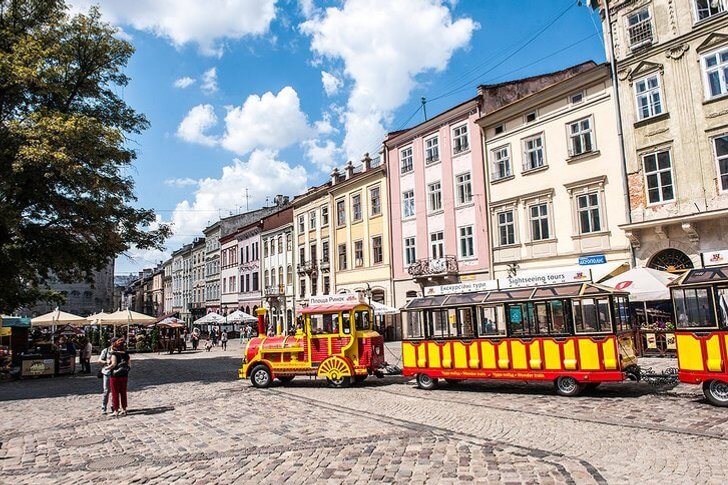
Lviv City Hall
The first wooden town hall appeared in Lviv in the middle of the 14th century after the adoption of the Magdeburg law system by the city. It burned down after a few decades. The building of 1835, made in the classical style according to the project of A. Vondrashek, F. Tresher and Yu. Markel, has survived to this day. The building consists of four floors, a courtyard and a town hall tower, decorated with a watch dial made near Vienna.

Potocki Palace
The palace in the manner of "French" classicism, which belonged to the influential Potocki count family. The complex was built in 1880 according to the plan of the French urban planner L. de Verny with the help of the Polish architect Y. Cybulsky. The Lvov Pototsky Palace was considered one of the most luxurious among the other possessions of this powerful family. Solemn receptions and meetings were held on its territory.
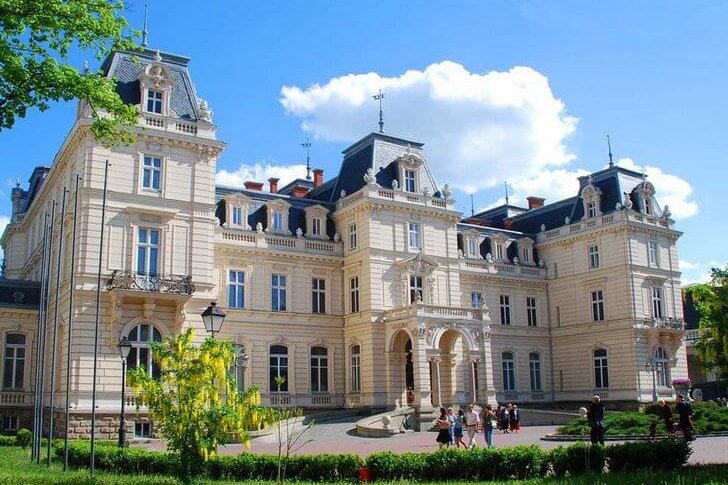
Palace of Kornyakt
A unique architectural monument of the Renaissance, built in the 16th century for a wealthy merchant of Greek origin K. Kornyakt. After the construction was completed, it immediately became clear that the architect P. Barbon had the most elegant building in all of Lviv. One of the most picturesque places of the palace is the Italian courtyard, modeled on the typical “patios” of Florence. Today, there is a museum on the territory of the mansion.

House of Scientists
An architectural monument of the late 19th century, the creation of the Austrian city planners F. Felner and G. Gelmer. The house was built in the style of palace architecture typical for Central Europe. In the period 1918 - 1939. a casino worked in the building, since 1948 it has turned into the House of Scientists. Currently, the mansion belongs to one of the educational organizations. Lviv masquerade balls are held on its territory.
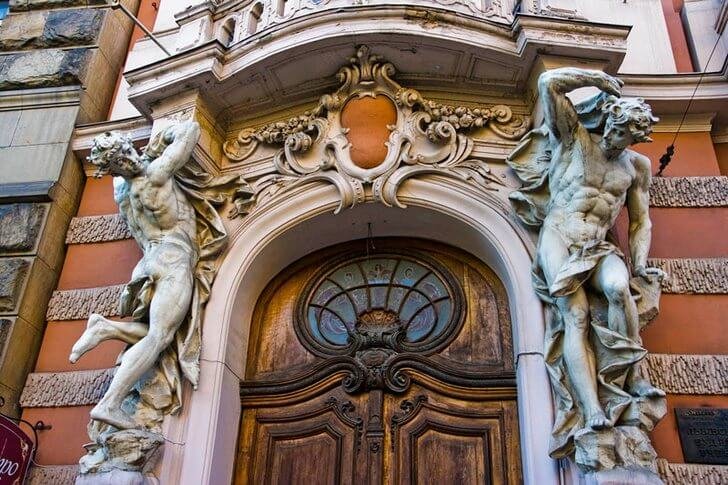
Lviv Opera House
Lvov became in dire need of its own opera stage at the end of the 19th century. At that time the city was part of Austria-Hungary and was known as Lemberg. The theater was built in 1900 in a classical style with baroque and renaissance elements. Its architecture was strongly influenced by the "Viennese pseudo-Renaissance" school. The theater building adorns the central part of the city, giving it a resemblance to classical European capitals.
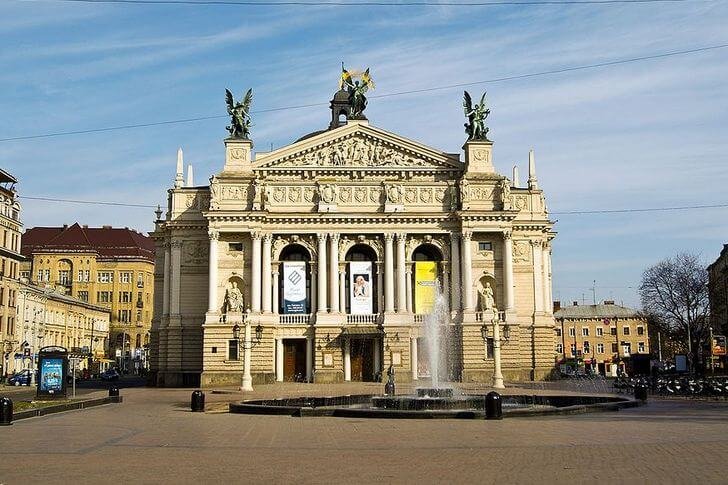
Cathedral of St. George
Cathedral of the Greek Catholic Church of Ukraine - UGCC. Previously, a wooden Orthodox church and monastery (until the 14th century) and a Byzantine-style basilica (until the end of the 18th century) were located in its place. The cathedral was built in the Baroque style according to the project of B. Meretin. From 1946 to 1990 it belonged to the Russian Orthodox Church, but then was returned to the UGCC. The temple complex includes a cathedral, the metropolitan's chambers, a terrace, a bell tower, a garden and chapter houses.

Church of St. Elizabeth
Neo-Gothic temple of the early 20th century, which, according to legend, was named after the Empress Elisabeth of Bavaria, better known to the people as Sisi. The architect T. Talevsky worked on the project. The master embodied in his creation the features of North German and French temples, and also added a bit of harsh Romanesque style. Since 1991, the church has been called the Church of St. Olga and Elizabeth. It belongs to the UGCC.
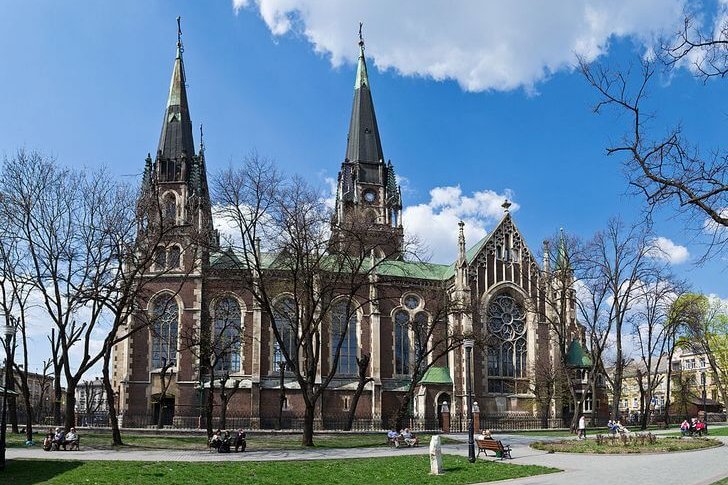
latin cathedral
The Catholic Cathedral, which is the only one in Ukraine that has the status of a "minor basilica". In 2001, the temple hosted Pope John Paul II as a guest of honor. The Latin Cathedral was erected in 1360-1479 according to the project of P. Stecher. Restoration work was carried out in the XVIII, XIX centuries and at the beginning of the XX century. The architecture of the building is a mixture of Baroque, Gothic and Renaissance styles.
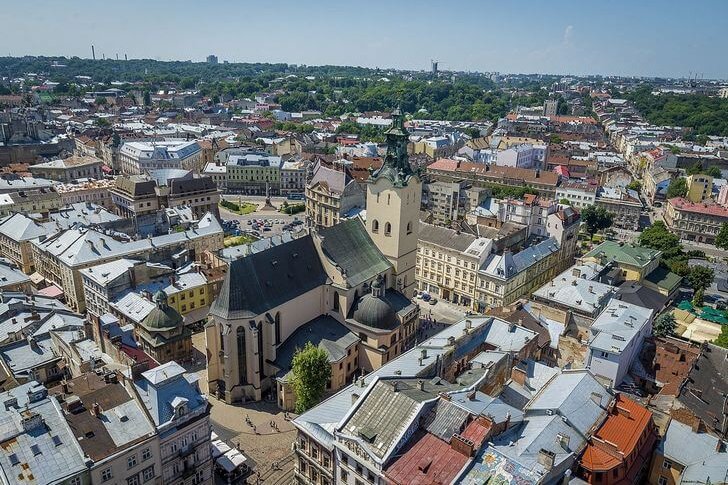
Chapel of the Boims
The chapel was erected at the beginning of the 17th century as a family crypt of the Boim family. The construction is notable for the fact that its walls are decorated with sculptural groups depicting scenes from the Bible. The fact is that religious subjects were embodied mainly in painting. Depicting biblical scenes with the help of sculpture is a rather non-standard solution for that time.

Armenian Cathedral
Temple of the XIV century, located in the historical part of Lviv. It is one of the oldest religious buildings in the city. The cathedral was built on the site of an Armenian church of the 12th century at the expense of the merchants Panos and Yakov. At the beginning of the 20th century, the building was restored. In 2000, the church was transferred to the Armenian Apostolic Church, although it originally belonged to the Armenian Catholic branch. The fact is that by the time of the transfer, there were almost no Catholic Armenians left in Lviv.
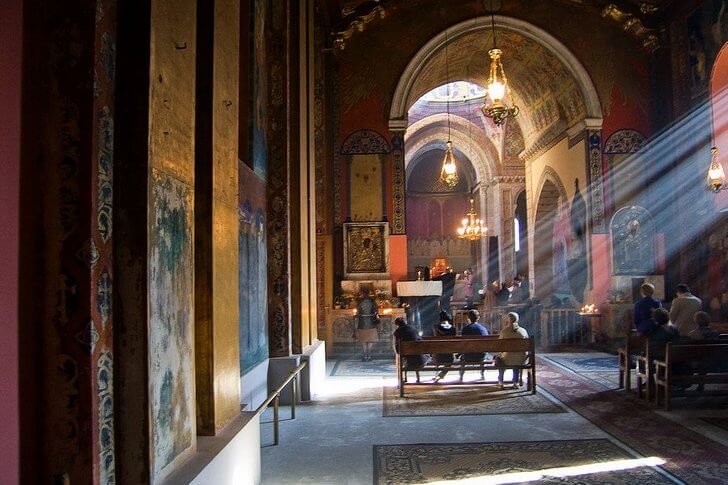
Dominican monastery and cathedral
The first Dominican monastery was founded in Lviv in the 14th century. The cathedral was erected in the middle of the 18th century according to the project of J. de Witte with the money of Jozef Potocki. The building is one of the most striking monuments of European baroque architecture with all the solemnity and splendor inherent in this style. The monastery complex was restored several times, the last work was carried out in the 1950s.
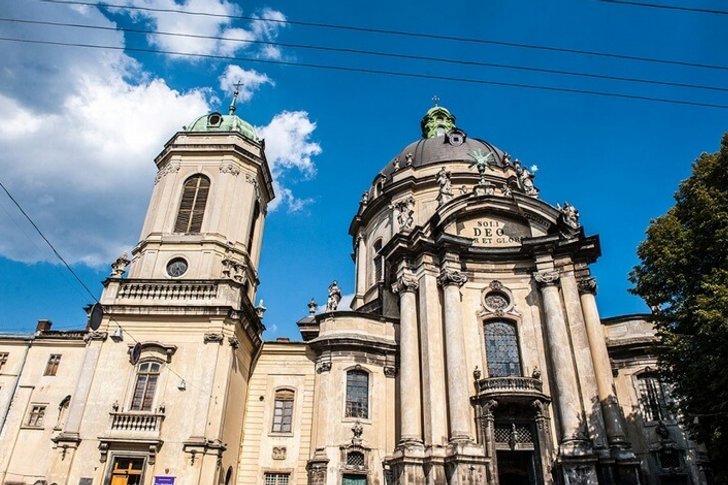
Catholic church and monastery of the Bernardines
The monastery arose in the 15th century. Initially, all the buildings of the monastery were made of wood. During the XVI-XVII centuries they were gradually replaced by stone ones. At that time, the monastery was surrounded by powerful fortress walls, the entrance was blocked by reliable gates. St. Andrew's Church was erected in 1600-1630 according to the project of the monk B. Avelid, work on the interior was carried out in the 18th century. The building was renovated in the 1970s.

Church of John the Baptist
The temple is located on the Old Market Square. According to one version, it was built in the XIII century under Prince Lev Danilovich. However, some historical data and studies indicate that the building appeared no earlier than the 14th century. The architecture of the building shows features of the Neo-Romanesque style. Nowadays, on the territory of the church there is a branch of the Lviv Art Gallery - the Museum of Ancient Monuments of Lviv.
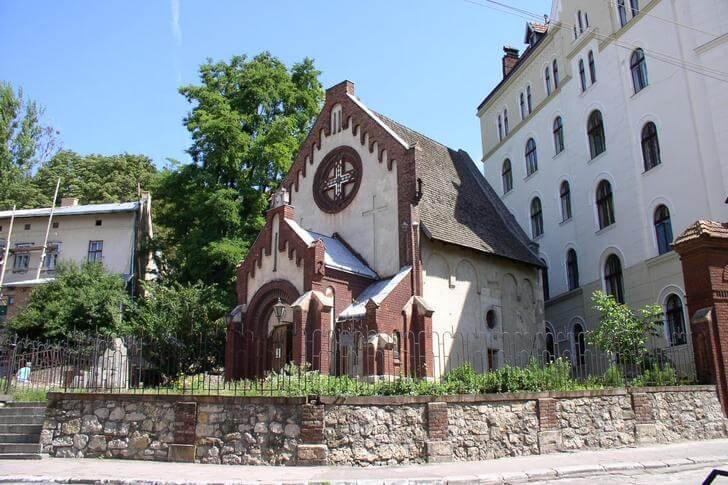
Church of the Jesuits
The church was erected in the 17th century according to the design of the Italian master D. Briano. However, the original construction plan was proposed by the monk S. Lahmius. The church is one of the first Baroque buildings erected on the territory of Lviv. In the 18th-19th centuries, the local parliament - the "regional diet" - sat in the church. Since 2011, restoration work has been carried out in the church at the expense of Polish funds.
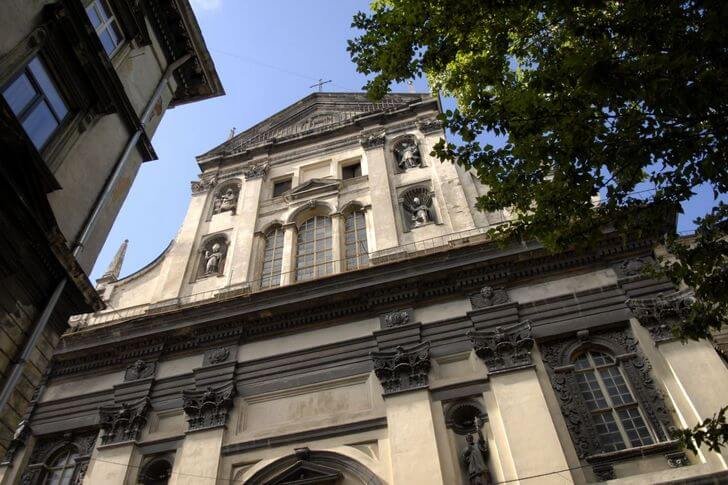
Pharmacy Museum "Under the Black Eagle"
The oldest city pharmacy, which has been operating since 1735. In the pharmacy museum you can see an interesting exposition consisting of tablet machines, special dishes with inscriptions in Latin, ancient scales, dried herbs and other interesting things. The exhibits are stored on the shelves of massive wooden cabinets of the 18th century, which further enhances the corresponding "entourage". The pharmacy sells both modern medicines and branded drugs created according to old recipes.

Lviv beer museum
The museum occupies the semi-basement premises of the Lviv brewery. Its collection is dedicated to the history and traditions of brewing. The exposition opened its doors in 2005. Here are collected bottles and barrels, beer glasses and old recipes (about three hundred exhibits in total). After viewing the exhibition, visitors can go to the tasting room, gift shop and underground restaurant "Robert Doms' Brewhouse".
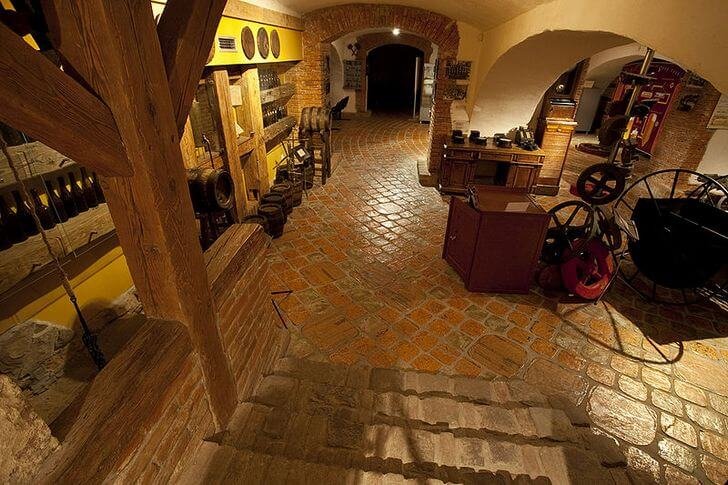
Shevchenko Guy
Ethnographic exposition in the open air, where you can look at the traditional architecture of the village of Western Ukraine, as well as get acquainted with the everyday life of the people. The museum is located on the territory of the ethno-park "Znesenye". "Shevchenko Hay" consists of several dozens of houses typical for different regions of Ukraine, churches and outbuildings.
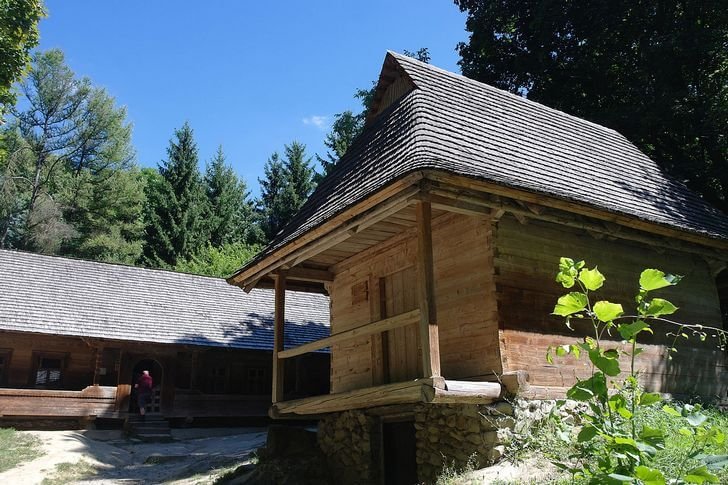
Museum of Ethnography and Artistic Crafts
The collection appeared as a result of the merger of the Museum of the Scientific Society. T. Shevchenko and the City Industrial Museum, founded in the 19th century. The exposition is housed in the historical building of the Galician Savings Bank. The museum funds contain a valuable collection of ethnographic exhibits, as well as handicraft items created by craftsmen.
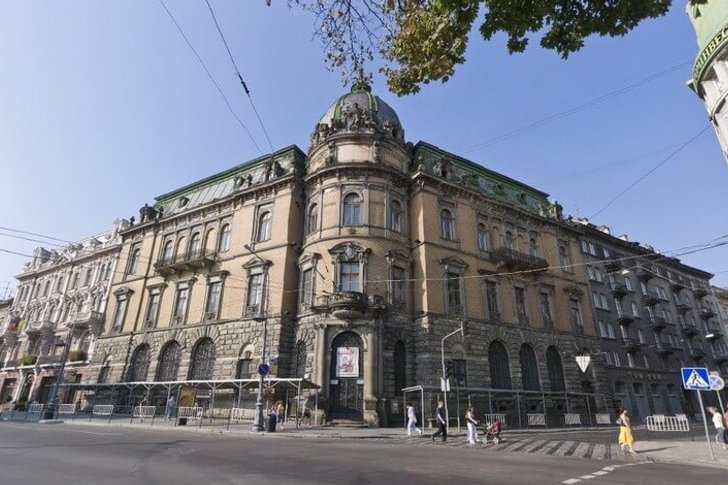
Lviv Art Gallery
One of the largest art museums in Ukraine, founded at the beginning of the 20th century. The collection is housed in a neo-Renaissance palace designed by F. Pokutinsky. The gallery exhibits several tens of thousands of paintings by masters from different countries. There are works by I. Levitan, I. Repin, I. Aivazovsky, P. Rubens, F. Goya, Titian, J. Robert and other artists.
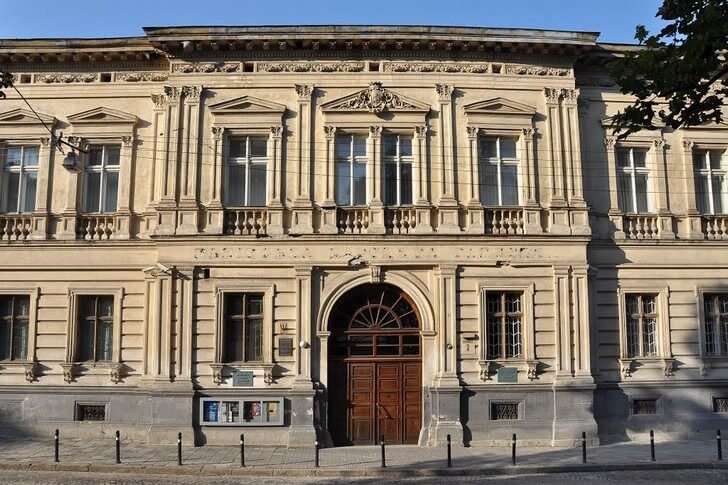
Andrey Sheptytsky National Museum
The museum was founded at the beginning of the 20th century with the aim of preserving and developing the national Ukrainian culture. The creator was Metropolitan A. Sheptytsky, who at first maintained the exposition at his own expense. Later, the museum switched to state funding. The collection consists of icons, manuscripts, wood carvings, sculptures, engravings, paintings, textiles and ceramics.

Prison on Lontskogo
Neo-Renaissance building of the former Austro-Hungarian gendarmerie converted into a museum. During the Soviet period, the NKVD administration was located on its territory, during the Second World War - the headquarters of the Gestapo, until 1991 - the detention center of the NKVD (hereinafter - the KGB), until 2009 - the Ministry of Internal Affairs of Ukraine. The museum was opened in 2009 on the initiative of the SBU. Its exposition is dedicated to the victims of the occupation regimes that existed at different times in the territory of Western Ukraine.

Lviv railway station
The first city railway station was built in Lviv in 1861 at the initiative of the government of the Austrian Empire. By the beginning of the 20th century, the station could no longer cope with the flow of passengers. In 1904, a modern building appeared, which included waiting rooms for the first, second and third classes, as well as a dining room, a restaurant, a post office and utility rooms. At the time of opening, the Lviv station was considered one of the most modern in Europe.
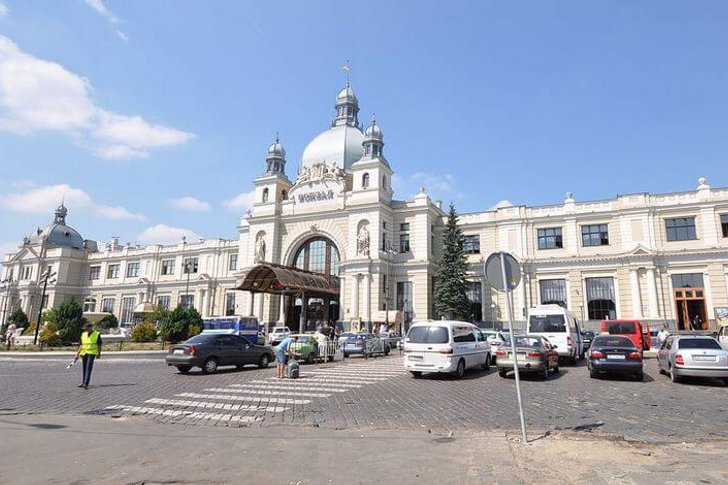
city arsenal
A defensive structure of the 16th century, built from massive stone. The building is an architectural monument of the Renaissance. In 1704, the arsenal was destroyed by the Swedish troops and later rebuilt. Until the XVIII century, there was an armory here, after - a prison, a torture chamber and an executioner's house. Since 1981, the weapons museum has been operating in the arsenal, which exhibits thousands of exhibits from around the world.
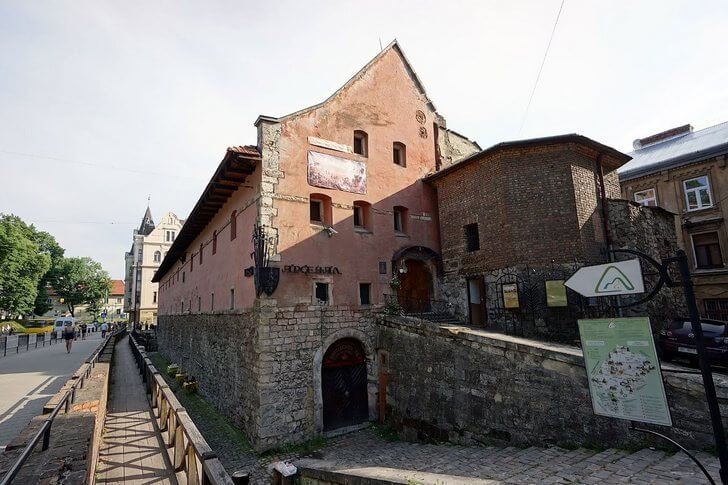
Citadel
Remains of Austrian fortifications of the 19th century, which were used at various times by Russian, Polish and Soviet troops during military campaigns in Western Ukraine. One of the well-preserved towers houses the five-star Citadel Inn, whose interior is decorated in the "imperial" style of the heyday of Austria-Hungary.
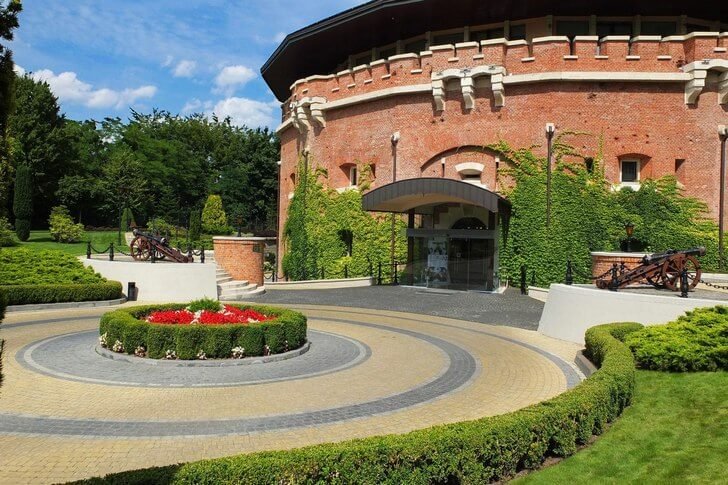
powder tower
In the 16th century, the tower was part of the system of city defensive fortifications and guarded the approaches to Lviv from the north side. The building is a monument of military architecture of the Renaissance. Ammunition, gunpowder and provisions were stored here in case of a siege. The thickness of the walls of the tower is about 2.5 meters, they are made of raw stone. Restoration work was carried out in the middle of the 20th century.
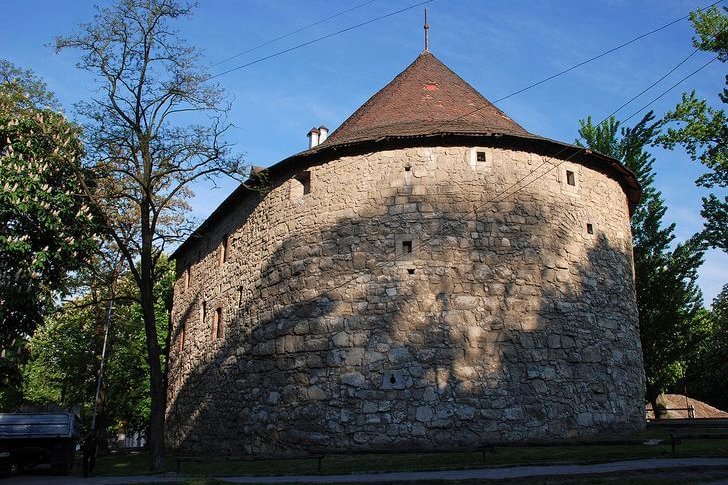
Stryisky park
The park was laid out on the territory of the former Stryisky cemetery at the end of the 19th century according to the plan of the chief gardener of Lvov A. Rering. It is located in the southern part of the city. Initially, about 40 thousand trees were planted, paths were laid and lawns with flower beds were decorated. In Soviet times, the territory of the park was significantly increased due to the wastelands adjacent to it.
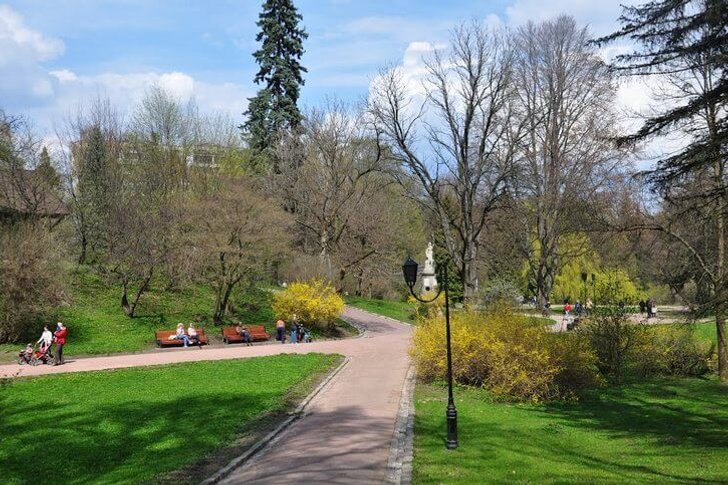
The Freedom Avenue
The central street of the city is 350 meters long, the center of cultural and business life. On Svoboda Avenue, the outlines of the facades of the mansions intertwined features of baroque, classicism and neo-renaissance. A significant contribution to the formation of the architectural appearance of the street was made by the Austrian period in the history of Lviv. Today, Freedom Avenue is one of the "iconic" places for tourists, as well as a favorite street for walking the townspeople.

High Castle Park
The park is located on the slopes of the Knyazhy (Castle) Hill, almost in the center of Lviv. It covers an area of 36 hectares. From the observation deck of the upper terrace offers a magnificent panorama of the city. The High Castle Park was laid out in the 19th century on the site of the fortress of the same name, which by that time had been dismantled by the Austrians. In the middle of the 20th century, a 200-meter-high TV tower was built on its territory.
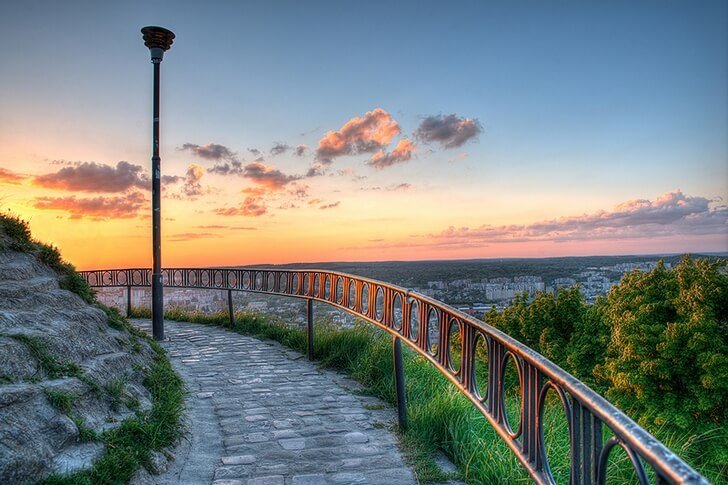
Lychakiv cemetery
Cemetery of the XVI century, turned into a memorial museum-reserve. There is a version that back in the Middle Ages, people who died from the plague were buried at this place. The necropolis consists of several parts - the oldest graves, the cemetery of the defenders of Lviv, the rebel quarter, the graves of the victims of the NKVD, the pantheon of prominent Poles and others. There are also several memorials here, including a monument in honor of the UNA unit - the SS Galicia division.
